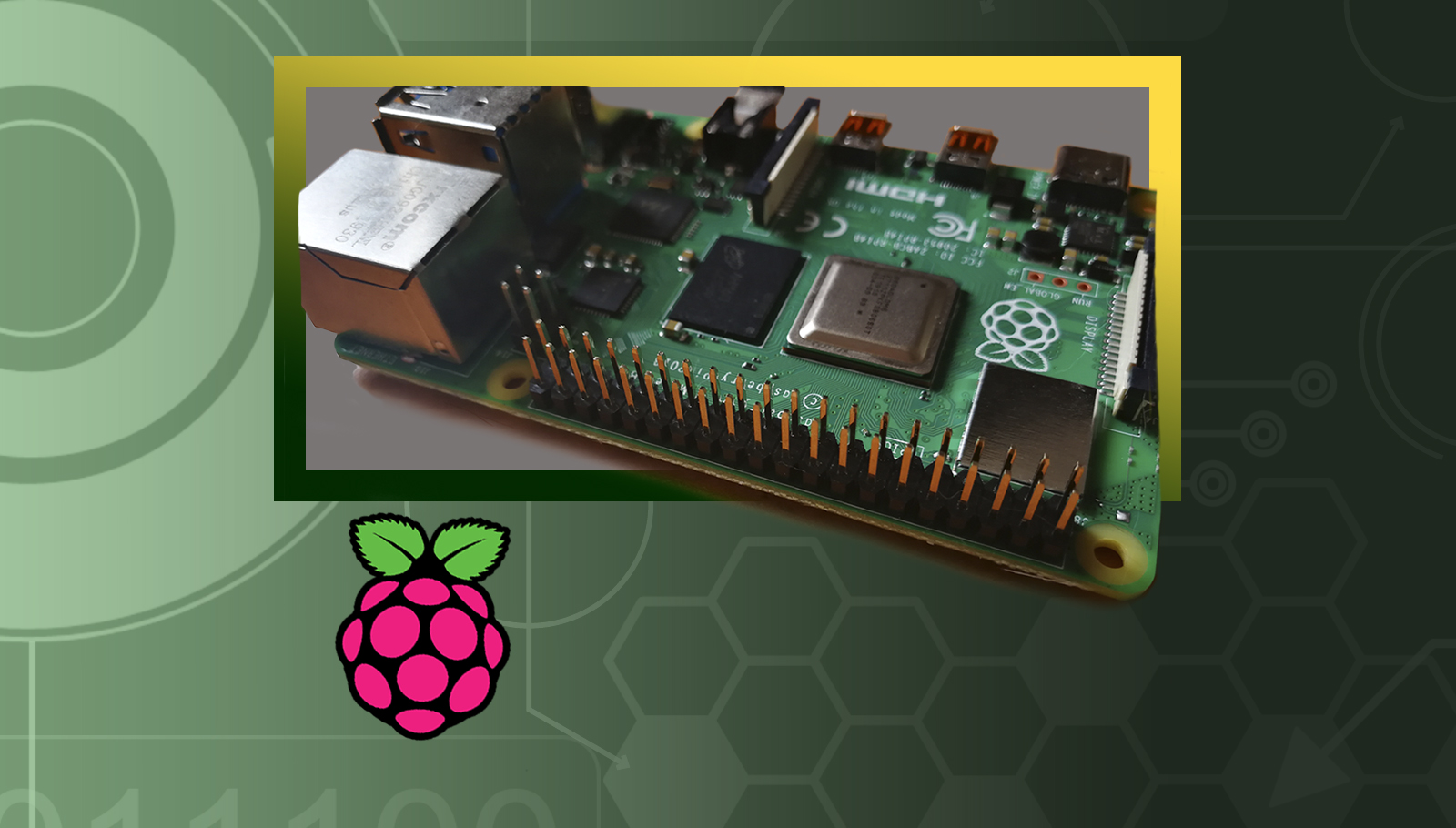
- #Install raspberry pi os how to
- #Install raspberry pi os install
- #Install raspberry pi os update
- #Install raspberry pi os upgrade
- #Install raspberry pi os software
I copied all of the files from the current "/boot" to the HD's boot partition (/dev/sda1), then edited the "etc/fstab" on /dev/sda5 to mount /dev/sda1 for "/boot" instead of the SD card partition. I connected the USB drive all of the partitions of note on the HD auto-mounted under "/media/daniel" (substitute your own username for "daniel"). I disconnected the external HD and booted off the 32 gig SD card I had originally installed Raspbian on and ran the same steps again.Īfter reboot, the "vcgencmd" reported the expected May 15th date.
#Install raspberry pi os update
I followed the directions for from the article, doing the "apt" update and full-upgrade, editing the file "/etc/defaults/rpi-eeprom-update" and performing the "rpi-eeprom-update" followed by a reboot.Īfter the update, I checked the firmware with "vcgencmd bootloader_version", but it reported the old firmware. The following are the steps I then followed: "/boot" was still mounted from the SD card in "/etc/fstab", but everything else was mounted from the external hard drive. It's much faster, and more spacious, than the SD card. I have been booting off of an SD card with my root file system on the external drive for months now with no problems. dev/sda8 ext4 (502.0 GiB) "future" (not mounted)Note that this does not follow the SD card partitioning (at least for the "Noobs" image) which appears to have "Recovery" as the primary partition, and in the extended partition, a partitions for "/boot", a "Settings" partition that doesn't seem to get mounted, and the root partition. In my case, I had partitioned the external drive (a 1TB Seagate "Backup Plus Portable" USB 3.0) as follows:
#Install raspberry pi os upgrade
I have successfully done the firmware upgrade without messing up my USB external drive contents or configuration. This page is an adaptation of Ubuntu’s Raspberry Pi tutorial.: I am not an authority on this, but my answer is a qualified "yes".
#Install raspberry pi os software
This canīe done via the Software Updater application:Īlternately, you can update via the Terminal: Once logged in, the first thing you should do is to update Ubuntu MATE. Select your Wi-Fi network and enter the password in the network connection screen.Īfter setting the keyboard layout, timezone and user credentials you’ll be taken to the login screen after a few minutes. You will be prompted to choose a local Wi-Fi network. Unlike conventional computers, the Raspberry Piĭoes not have a battery-powered hardware clock and must sync the date and time from the Internet. You will be able to see the boot process on screen and, eventually, the first run wizard.įirst set your language, then set your keyboard layout. Boot your DesktopĮnsure your HDMI screen and a USB keyboard are plugged in before powering the Pi. Then just sit back and wait for the magic to happen… (This magic might take a few minutes) 4. Select the microSD card you have inserted, and click “WRITE”. Note: Please make sure you choose the right location to write to. Once you have made your custom image selection open the “SD Card” menu.

Scroll down the menu and click “Use custom”.Ī dialog box will open asking you to choose the image you wish to burn. Once this is done, start the Imager and open the “CHOOSE OS” menu. Or on other operating systems follow these links:
#Install raspberry pi os install
You need to install the right Raspberry Pi Imager for your operating system. Prepare the SD Cardįirst, insert the microSD card into your computer.

That the version is compatible with your Raspberry Pi model.ĭownloads for Raspberry Pi 3.
#Install raspberry pi os how to


 0 kommentar(er)
0 kommentar(er)
